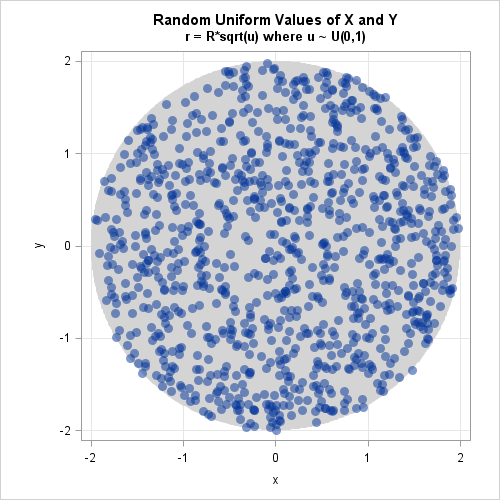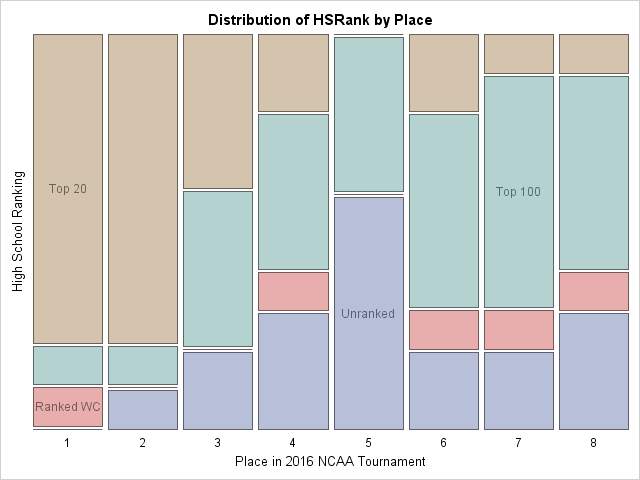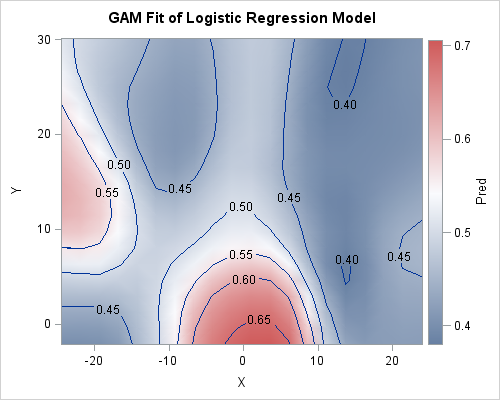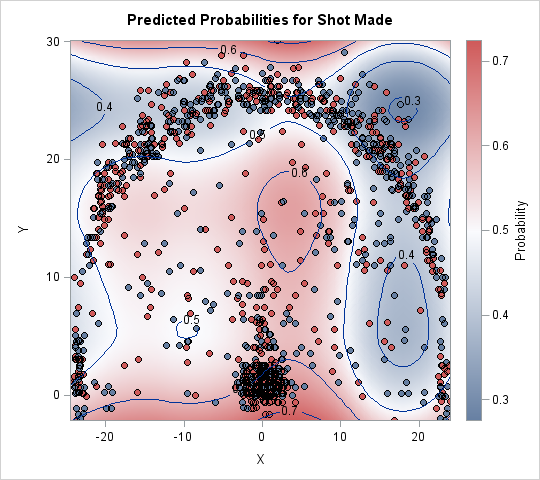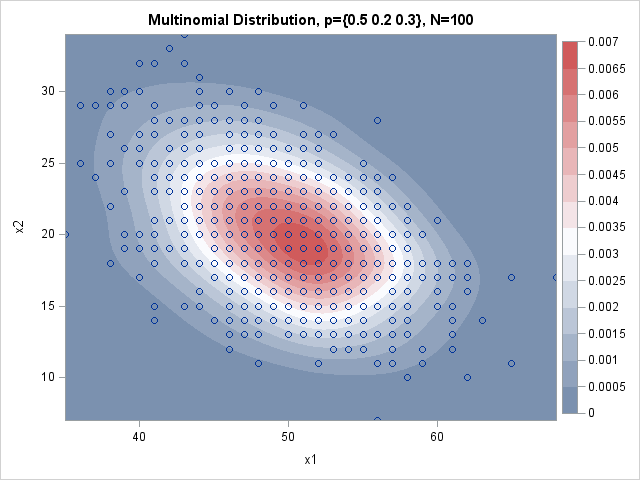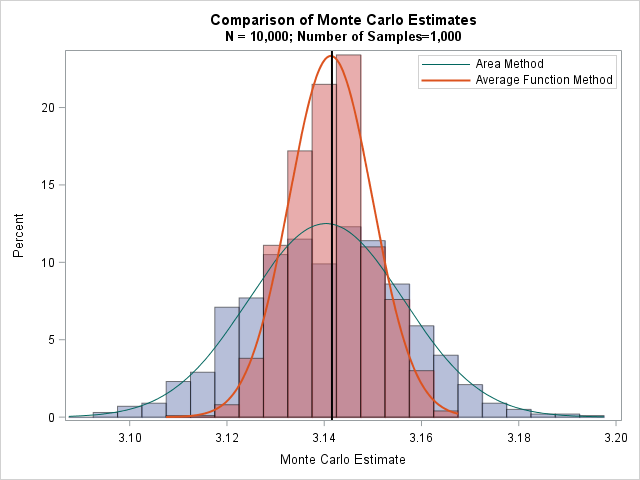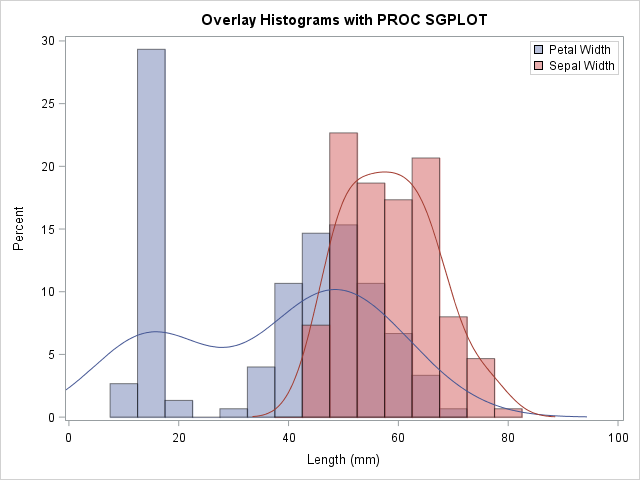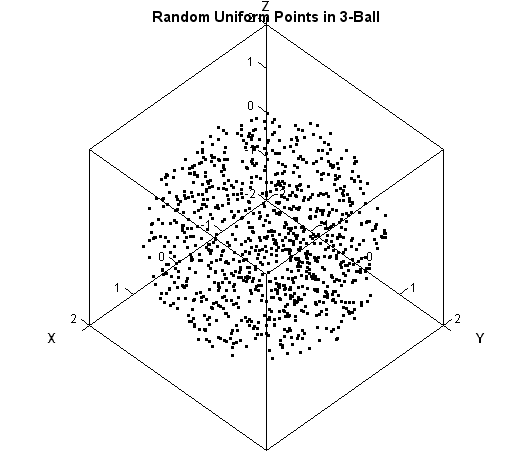
Last week I showed how to generate random points uniformly inside a 2-d circular region. That article showed that the distance of a point to the circle's center cannot be distributed uniformly. Instead, you should use the square root of a uniform variate to generate 2-D distances to the origin.



